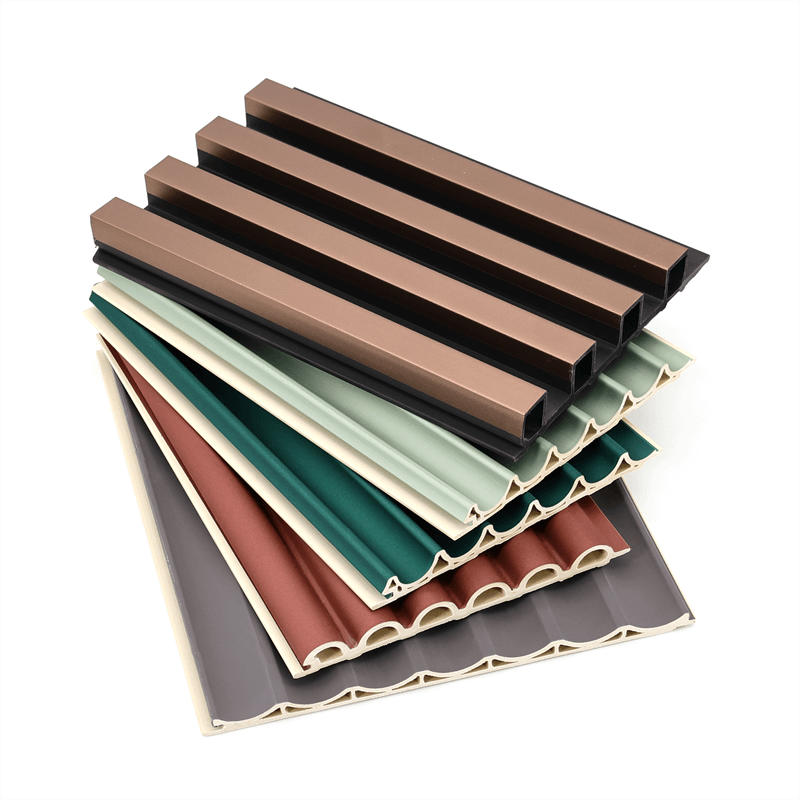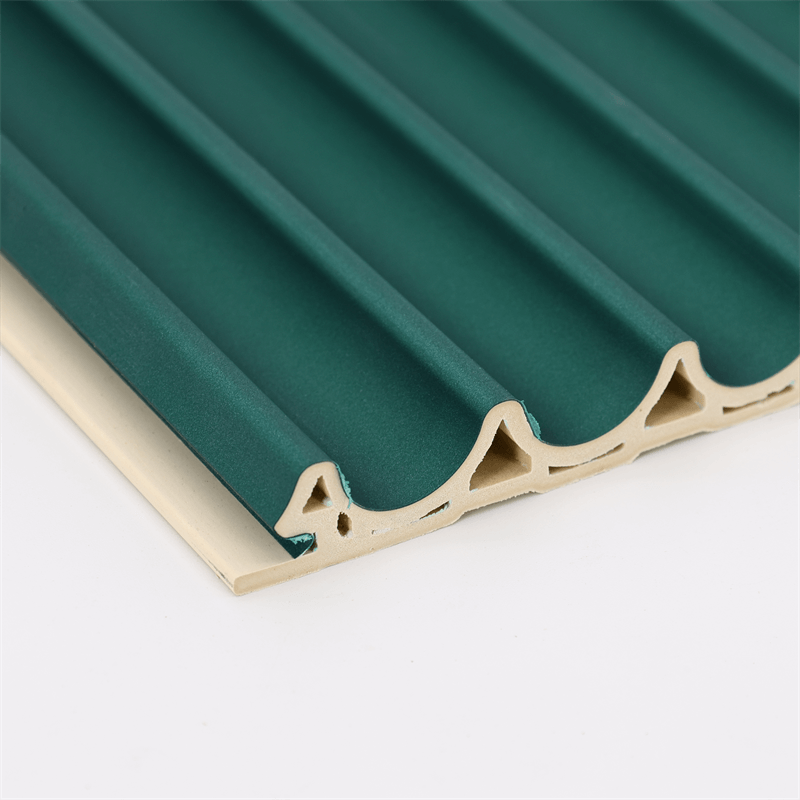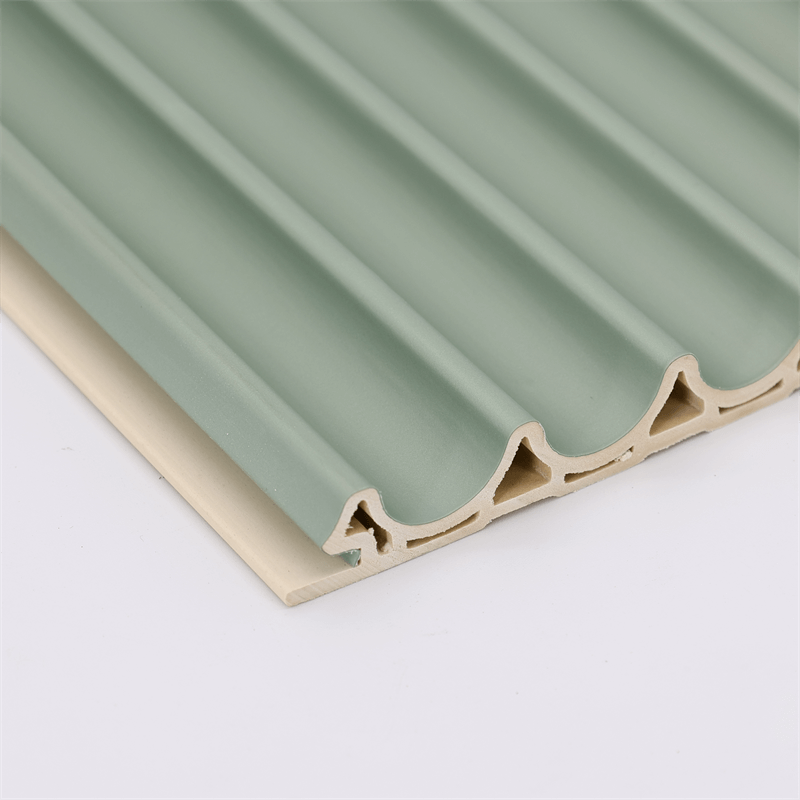
Building and renovating spaces can be an exciting endeavor, but it often comes with budget constraints that need to be carefully managed.
As the construction industry embraces sustainable and cost-effective solutions,
Wood Plastic Composite (WPC) has emerged as a budget-friendly alternative to traditional building materials.
WPC offers an eco-conscious and versatile solution for various construction and design projects without compromising on quality or aesthetics.
In this article, we will explore the benefits of budget-friendly building with WPC, understanding its cost-effectiveness,
and how it enables consumers and builders to create sustainable and visually appealing spaces without breaking the bank.
The Value Proposition of WPC for Budget-Conscious Projects
WPC is a cost-effective building material that offers several benefits over traditional alternatives.
Understanding its value proposition is essential for budget-conscious projects:
Affordable Pricing: One of the primary advantages of WPC is its cost-effectiveness.
Compared to natural wood and some composite materials, WPC is generally more affordable.
Its composition of recycled wood fibers and thermoplastic resins contributes to its budget-friendly pricing.
Long-Term Savings: While WPC may have a slightly higher upfront cost than some traditional materials, it offers significant long-term savings.
Its superior durability and resistance to moisture, decay, and pests result in reduced maintenance and replacement costs over time.
Low Maintenance: WPC requires minimal maintenance, eliminating the need for frequent staining, sealing, or painting.
This not only saves money but also reduces the time and effort required to maintain the space.
Design Versatility: WPC is available in various colors, textures, and finishes, providing design flexibility without the high price tag of natural wood.
This allows budget-conscious consumers to achieve their desired aesthetic without compromising on quality.
Eco-Conscious Choice: Choosing WPC aligns with sustainable building practices,
making it a responsible and eco-conscious choice for environmentally aware consumers.

Cost-Effectiveness Compared to Traditional Wood
When comparing WPC with traditional wood, it becomes evident that WPC offers an attractive cost-effective solution:
Pricing: WPC is generally more affordable than natural wood, especially high-quality hardwood.
Its lower initial cost and long-term savings in maintenance make it a practical choice for budget-conscious projects.
Durability: While natural wood has its timeless appeal, it may require frequent maintenance and replacement due to its susceptibility to moisture, pests, and decay.
WPC’s enhanced durability ensures a longer lifespan, reducing maintenance and replacement expenses over time.
Sustainability: By using recycled wood fibers and eco-friendly resins,
WPC supports sustainable building practices, contributing to a greener and more eco-conscious construction industry.
Consistent Quality: WPC products from reputable manufacturers offer consistent quality,
ensuring that budget-conscious projects do not compromise on performance and appearance.
Versatility: WPC’s availability in various applications, such as decking, cladding, and furniture,
allows budget-conscious consumers to choose the most cost-effective option for their specific needs.
WPC vs. Other Budget-Friendly Materials
Apart from traditional wood, other budget-friendly materials are commonly used in construction and design.
Let’s compare WPC with some of these materials:
WPC vs. Laminate Flooring: Laminate flooring is a popular budget-friendly flooring option.
While laminate mimics the look of wood, WPC provides a more durable and moisture-resistant solution, making it ideal for areas prone to spills and high humidity.
WPC vs. Vinyl Flooring: Vinyl flooring is another cost-effective flooring option.
While both WPC and vinyl are low-maintenance, WPC’s wood-like appearance and enhanced durability give it an edge in terms of aesthetic appeal and longevity.
WPC vs. Particle Board: Particle board is an economical material used in furniture and cabinetry.
However, its susceptibility to moisture and limited design options make WPC a more durable and versatile choice for budget-conscious projects.
WPC vs. Concrete: Concrete is commonly used in construction for its affordability.
However, WPC offers better design flexibility and a warmer feel underfoot, making it a more comfortable and visually appealing choice for flooring.

Maximizing Cost-Effectiveness with WPC
To maximize cost-effectiveness when using WPC in budget-conscious projects, consider the following strategies:
Thorough Research: Conduct extensive research to find reliable WPC manufacturers and suppliers offering competitive prices without compromising on quality.
Project Scope: Determine the scope of your project and allocate the budget accordingly.
Prioritize areas where WPC’s durability and low maintenance offer the most value.
Sustainability: Opt for WPC products made from responsibly sourced wood and eco-friendly thermoplastic resins,
aligning with sustainable and environmentally conscious construction practices.
DIY Installation: Consider DIY installation for WPC products, as they are often designed for straightforward and hassle-free assembly, reducing labor costs.
Long-Term Benefits: Assess the long-term savings of WPC in terms of reduced maintenance and replacement expenses, which outweigh the initial investment.
Budget-friendly building with WPC provides a cost-effective and sustainable solution for various construction and design projects.
By offering competitive pricing, long-term savings, and low maintenance requirements, WPC outperforms traditional wood and some budget-friendly materials.
Its versatility, design flexibility, and eco-consciousness make it a favored choice for budget-conscious
consumers and builders looking to create visually appealing and enduring spaces without compromising on quality.
As the construction industry continues to embrace sustainable and cost-effective materials, WPC remains at the forefront of modern projects.
By exploring the benefits of WPC, understanding its cost-effectiveness, and maximizing its potential,
consumers and builders can create sustainable and budget-friendly spaces that stand the test of time,
contributing to a more eco-conscious and financially prudent future for the construction industry.
